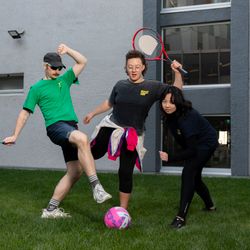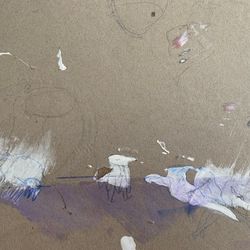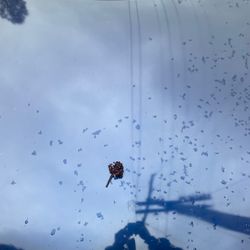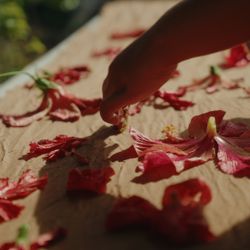Blue Oyster
Current Exhibition
Hātarei 13 Tīhema -
Hātarei 17 Hānuere
Saturday 13 December -
Saturday 17 January
2025 - 2026
Upcoming Event
Next on:
Hātarei 17 Hānuere
Saturday 17 January
2026
1:00 PM
Blue Oyster, 16 Dowling Street, Ōtepoti Dunedinter




















